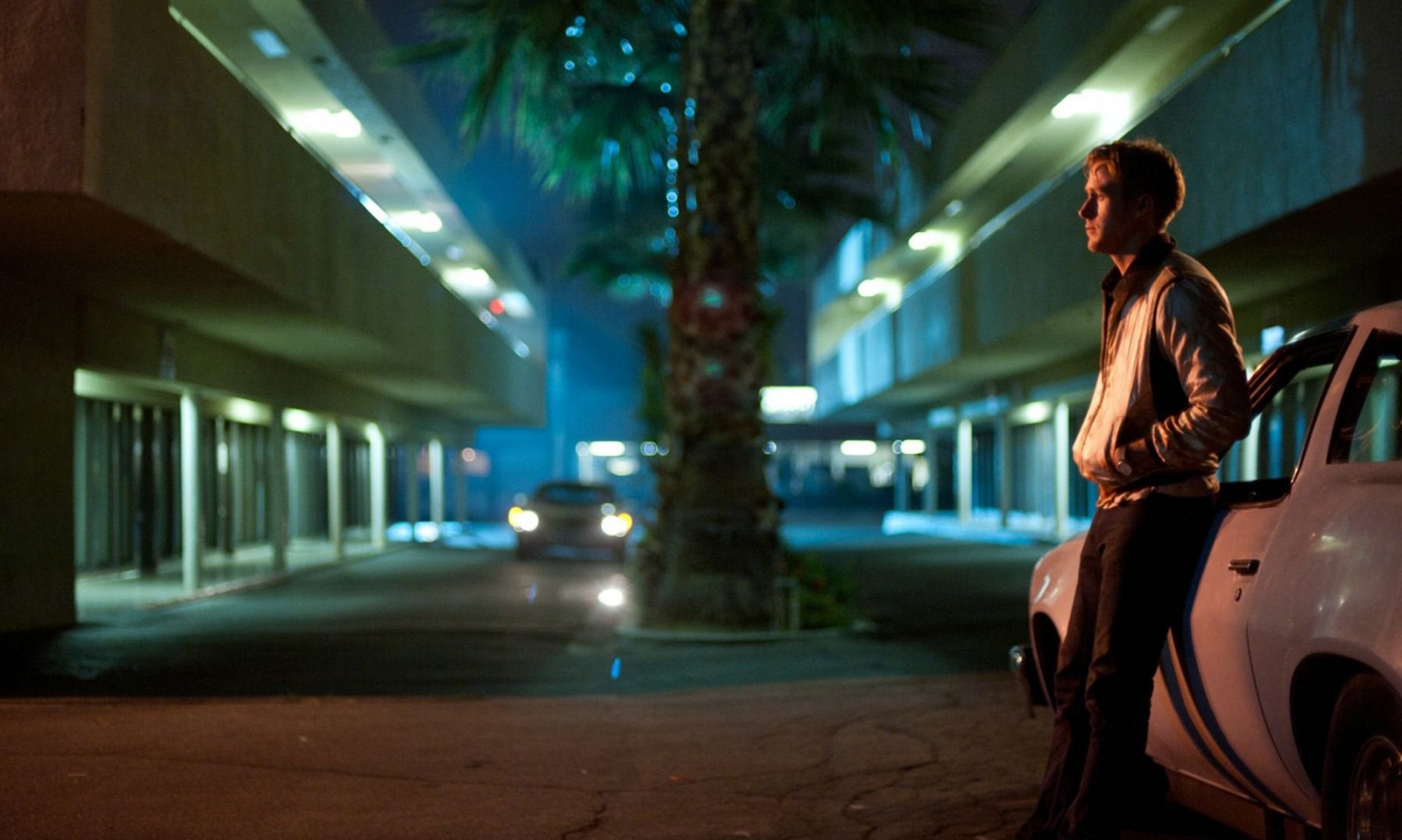A man wanders the lonely city streets in his car, surveying his surroundings. He’s not a man of many words, preferring to let his music (an eclectic selection that ranges from Velvet Underground to Nina Simone) do the talking for him. The audience are forced to gain meaning from music, imagery and sound as our protagonist emotes with still facial expressions and minimal body language. When he does eventually speak, short, laconic phrases are all he deigns to offer, and he can command authority and obedience simply by holding out his hand.
This is Wim Wender’s Perfect Days (no, not Nicolas Winding Refn’s Drive), the poetic odyssey of humble Tokyo toilet cleaner Hirayama, who treats each individual vessel with the delicacy and care of an antique. The camera lingers on Hirayama’s delicate movements as he wipes each surface to perfection, ignoring the constant heckling from younger co-worker Takashi. In his free time, he sits on the same bench to take photos of the same trees with an outdated camera. If he’s lucky, he might even be able to take a small plant home from the soil to add to his burgeoning collection of greenery in his house. When he discovers a hidden piece of paper behind a toilet with an invitation to begin a game of noughts and crosses, life takes on another brilliant hue. Wenders takes us through Hirayama’s daily rituals with delicacy as we witness him carefully fold up his futon and place it in a corner, attend to his plant collection with careful sprays of water and shave with similar diligence. It’s only when his niece Niko comes into his life that Hirayama’s narrative takes a different turn.
Nominated for Best International Film at the Oscars, Perfect Days gained the accolade of the first Japanese nominee to be directed by a non-Japanese director, even though it lost to The Zone of Interest, another film fascinated with the intricacies of silence. Wenders has cited Japanese silent filmmaker Yasujirō Ozu as a key influence, and it’s what Hirayama doesn’t say at key moments that often creates emotional impact as he performs his repetitive schedule. Wenders was particularly invested in the film, having travelled to Tokyo following the pandemic restrictions to observe the Tokyo Toilet Project first hand (Hirayama wears The Tokyo Toilet throughout the film as he journeys through the city), deciding to create a feature film about the phenomenon rather than make a short film as producers suggested.
It’s the frequently inscrutable facial expressions of Hirayama (a common name used in Ozu’s filmography) that make the film so compelling. As with every silent hero, it’s what they don’t say that leaves the audience hooked, and the final images of Hirayama driving wordlessly into the Tokyo sunset hammer home pathos and joy with the genius power of quiet.
